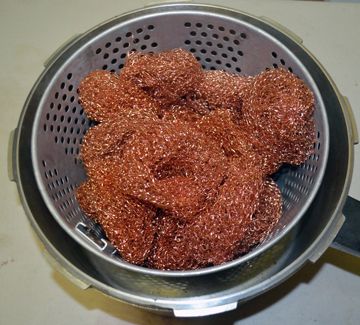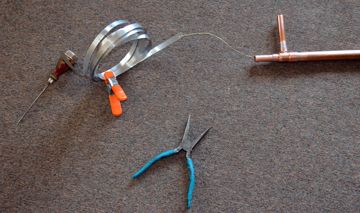Originally posted by Uncorruptable
View Post
Kerosene, a thin, clear liquid formed from hydrocarbons, with a density of 0.78–0.81 g/cm3, is obtained from the fractional distillation of petroleum between 150 °C and 275 °C
Petroleum diesel, also called petrodiesel, or fossil diesel is produced from the fractional distillation of crude oil between 200 °C (392 °F) and 350 °C (662 °F) at atmospheric pressure



 and also is diesel an acid or a base
and also is diesel an acid or a base
Comment